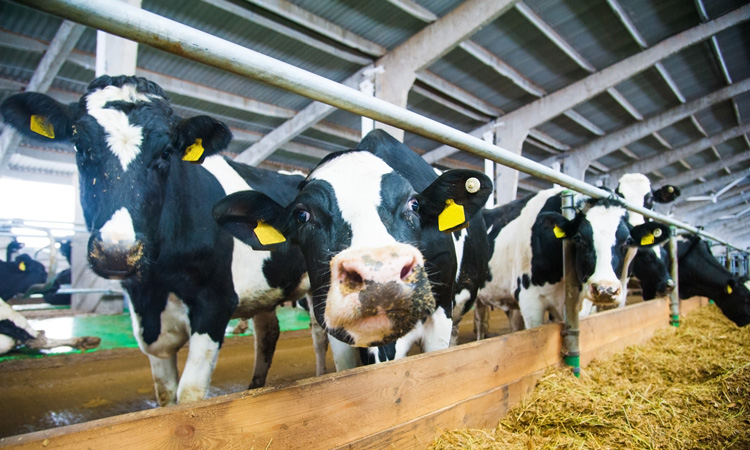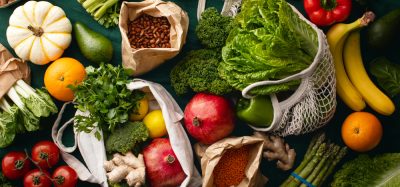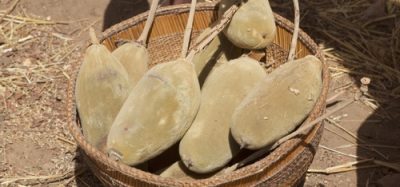Study examines environmental footprint of dairy cows over 50 years
- Like
- Digg
- Del
- Tumblr
- VKontakte
- Buffer
- Love This
- Odnoklassniki
- Meneame
- Blogger
- Amazon
- Yahoo Mail
- Gmail
- AOL
- Newsvine
- HackerNews
- Evernote
- MySpace
- Mail.ru
- Viadeo
- Line
- Comments
- Yummly
- SMS
- Viber
- Telegram
- Subscribe
- Skype
- Facebook Messenger
- Kakao
- LiveJournal
- Yammer
- Edgar
- Fintel
- Mix
- Instapaper
- Copy Link
Posted: 13 March 2020 | Sam Mehmet (New Food) | No comments yet
The study found that greenhouse gas emissions reduced by 50 percent over 50 years when dairy cows in California produced the same quantity of milk, which is said to be likely due to improvements in animal husbandry, feeding and housing practices, and animal genetics.


Producing a litre of milk in California emits less greenhouse gas and uses less land and water than it did in 1964, according to a recent study from researchers at the University of California, Davis.
“We compared 1964 through 2014 and found a 50 percent reduction in greenhouse gases to produce the same quantity and quality of milk,” said senior author Ermias Kebreab, Professor and Sesnon Endowed Chair in the Department of Animal Science at UC Davis. “The magnitude of change is surprising.”
The scientists conducted a lifecycle environmental assessment of dairy cows from the time they are born to the time they leave the farm gate. The study included such inputs as producing feed for the animals, and the machinery and transportation needed to produce milk.
Cows belch methane, a potent greenhouse gas, as part of their digestive process. The study found the biggest emission cuts came from reductions in these emissions, known as enteric methane, compared to reductions in emissions from manure.
“Reductions in enteric methane intensity (i.e., methane emissions per gallon of milk) are primarily a result of better genetics and breeding and better nutrition for the animals,” said Kebreab.
In addition, water use in the industry has dropped by 88 percent, said to be due primarily to efficient water use in feed crops and the use of crop byproducts for feed such as almond hulls. Water use in housing and milking also dropped by 55 percent.
The amount of land it takes to produce a litre of milk compared to 1964 has also decreased. This is reportedly largely due to improvements in crop genetics and production practices that have increased yields of grain, hay and silage for cows on the same amount of land.
“We’ve saved an amount of land equal to the size of Connecticut,” said Kebreab.
Over the last 50 years, dairy production in California has undergone significant improvements and advancements in animal husbandry, feeding and housing practices, and in animal and plant genetics and crop production methods.
Total greenhouse gas emissions from cows overall has increased in California as more cows are needed to feed a growing population. But cows are now producing much more milk. In the 1960s, one dairy cow could produce about 4,850kg of milk per year. Now a dairy cow can produce more than 10,000kg annually.
“There is a lot of discussion about how cows have a huge environmental footprint, but no one is talking about how the dairy industry has changed,” said Kebreab. “Dairy farmers are doing a lot to help reduce the industry’s environmental footprint.”
Scientists continue to look for ways to reduce enteric methane emissions through better animal nutrition, including feed additives. In a previous study, Kebreab found that feeding dairy cows a small amount of a seaweed called Asparagopsis armata along with their feed, reduced methane emissions by up to 60 percent.









